Three Key Questions Ahead of Trump’s “Liberation Day” Tariffs
President Donald Trump remains firm on tariffs—but what’s coming, and when?
Since taking office, President Trump has launched a flurry of import tariffs—targeting goods from China, steel and aluminum, and select products from Canada and Mexico. Now, he’s gearing up for a broader trade offensive. But details remain scarce: What will the new tariffs include, and who will be hit?
The White House has dubbed the coming announcement “Liberation Day.” After weeks of preparation, Trump is expected to unveil a sweeping set of tariffs on Wednesday. Here are the big unknowns:
How Big Will the Tariffs Be?
While the administration hasn’t confirmed the exact figures, analysts have floated a range of possible rates.
During his 2016 campaign, Trump supported a 10% tariff on all imports—and at times hinted at even steeper levels, up to 20% or 60% for Chinese goods. Since taking office, he’s introduced the concept of “reciprocal tariffs,” meaning the U.S. would mirror the import taxes other countries place on American products.
“It’s simple,” Trump said in February. “If they charge us, we charge them.”
However, the picture has quickly become more complex. The administration has said it will also consider non-tariff policies like foreign VAT systems, which they argue disadvantage American companies.
As businesses scramble to understand the scope of potential duties, many worry how the new plan might interact with existing tariffs—such as those already imposed on steel, aluminum, and autos. European exporters, for example, are bracing for double-digit tariffs after Trump previously floated a 25% levy on goods from the EU.
Which Countries Will Be Affected?
The Trump administration has not yet specified which countries will face the new tariffs. However, Sunday’s statement from Trump hinted that the measures could apply to “all countries”—possibly reverting to the blanket approach he favored during the campaign.
That announcement dashed hopes for exemptions in places like the UK, which had been hoping to negotiate a special deal. For now, it’s unclear whether the new tariffs will be universally applied or targeted more narrowly.
Last month, Treasury Secretary Scott Bessent said the focus was on the “Dirty 15”—countries that make up a significant share of U.S. trade and are seen as imposing unfair trade rules.
The Office of the U.S. Trade Representative has been particularly focused on the following countries:
-
Argentina, Australia, Brazil, Canada, China
-
The European Union, India, Indonesia, Japan, Korea
-
Malaysia, Mexico, Russia, Saudi Arabia, South Africa
-
Switzerland, Taiwan, Thailand, Turkey, the UK, and Vietnam
Despite long-standing alliances, Trump has shown no hesitation in taking a tough line with traditional partners like Canada and the EU. “A friend has been, oftentimes, much worse than a foe,” he said last week.
What Will the Impact Be?
Tariffs are essentially taxes on imports—so the question is, who ends up paying?
Technically, the burden falls on U.S. companies that bring in foreign goods. If tariffs are implemented immediately, as White House spokeswoman Karoline Leavitt suggested, those firms will bear the costs first.
But in practice, many companies will look for ways to pass those costs down the line—whether by switching suppliers, renegotiating deals, or raising prices for consumers.
Some businesses are already preparing to hike prices. But doing so is risky: if prices climb too high, customers may walk away.
The broader economic effects could be significant. Rising costs could lead to reduced spending, slowdowns in production, and even recession—both in the U.S. and globally. Many foreign companies depend heavily on American consumers.
Trump insists the solution is simple: move operations to the U.S. to avoid tariffs. But shifting supply chains and building factories is a costly and time-consuming endeavor.
With the potential for retaliatory tariffs, currency volatility, and unpredictable market responses, the full consequences of Trump's trade strategy are likely to unfold well beyond Wednesday’s “Liberation Day” reveal.








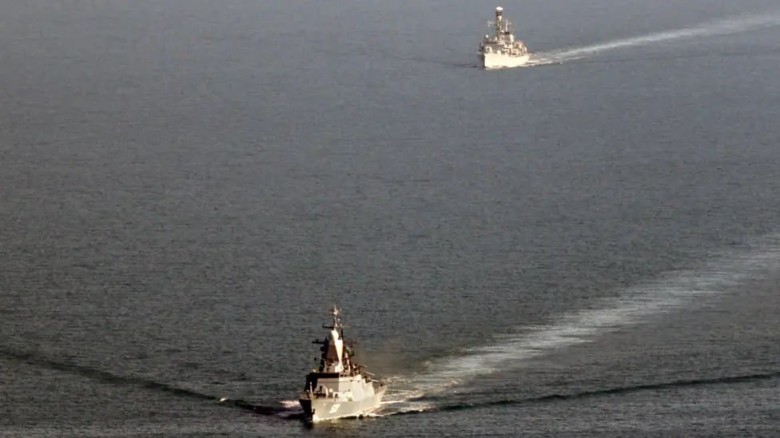
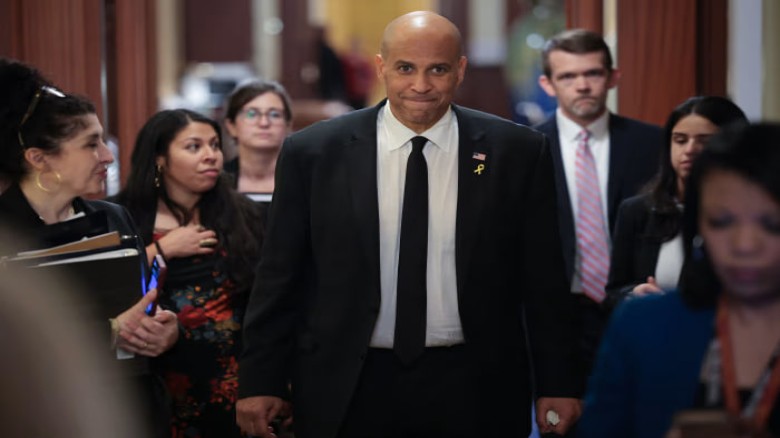




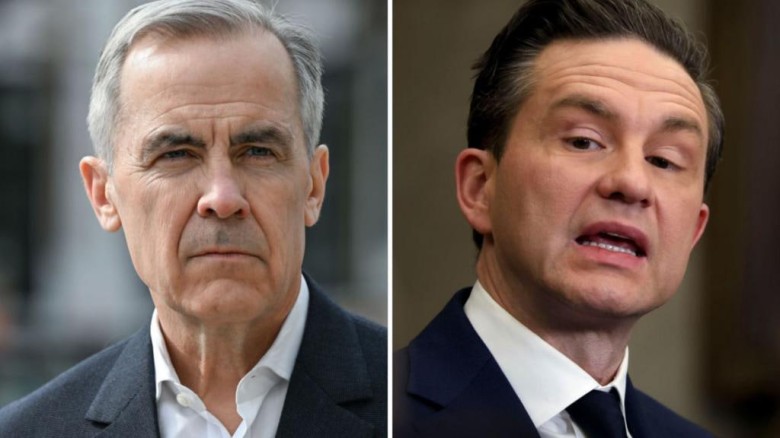
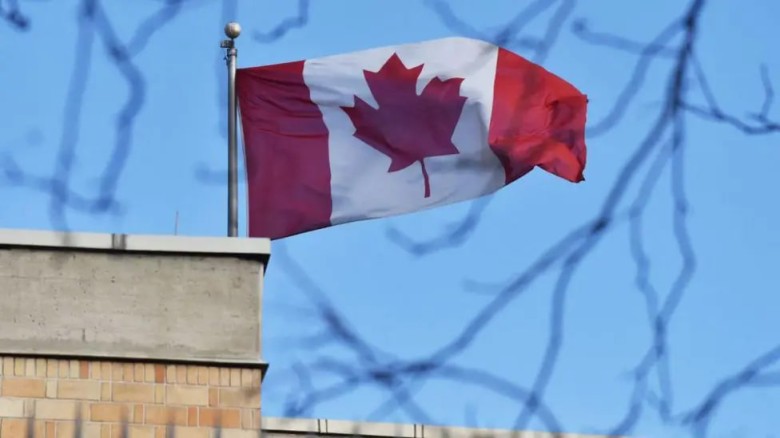
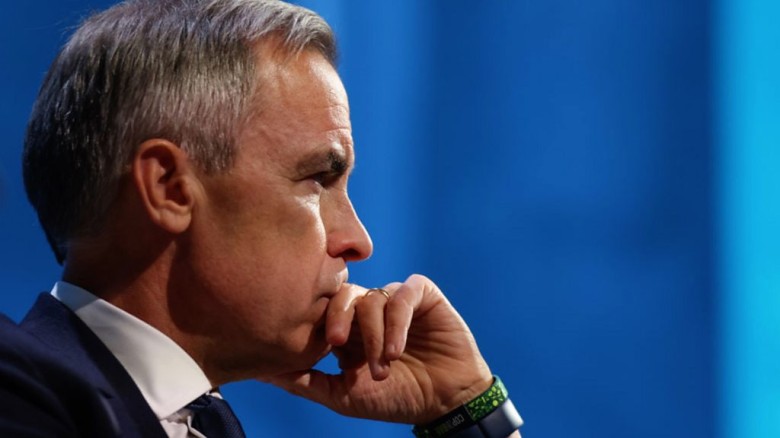

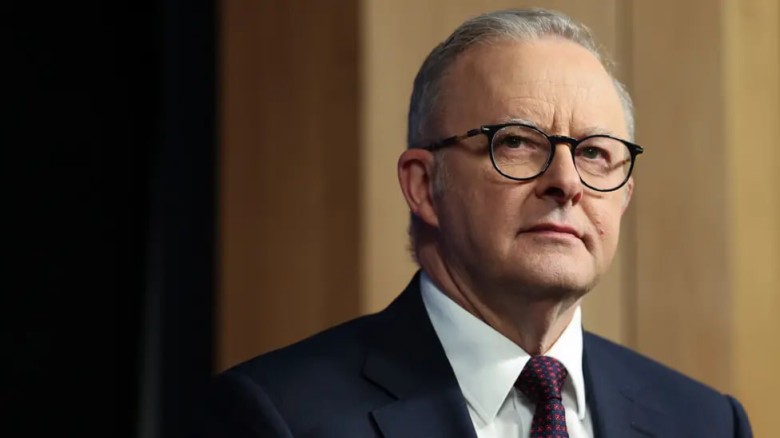




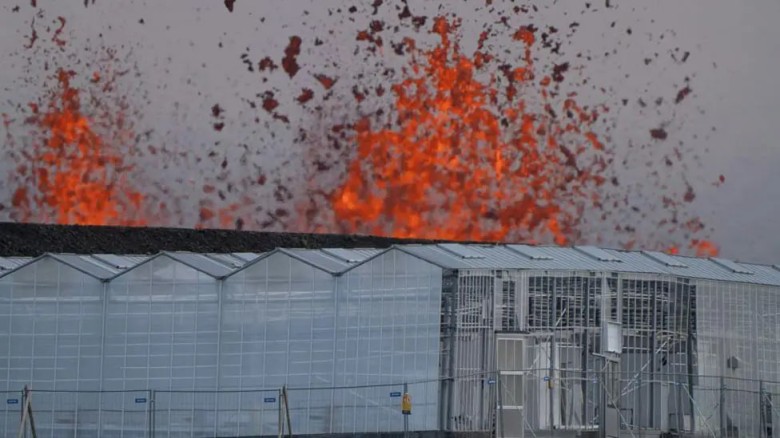


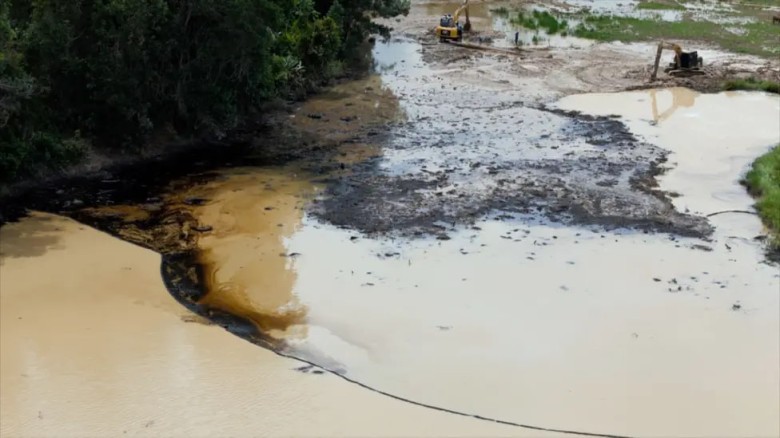
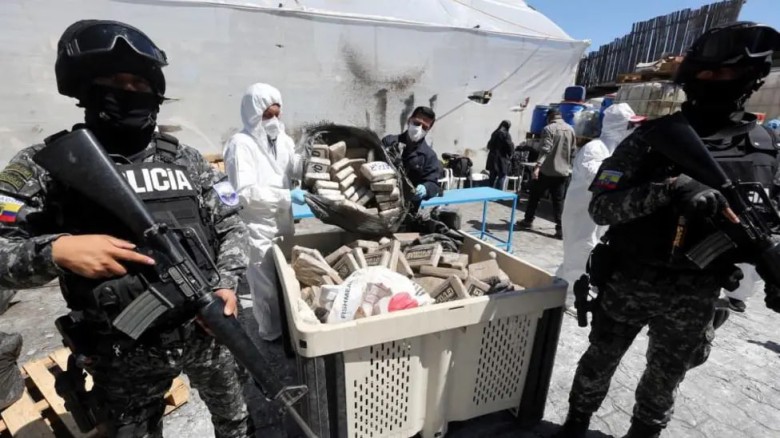






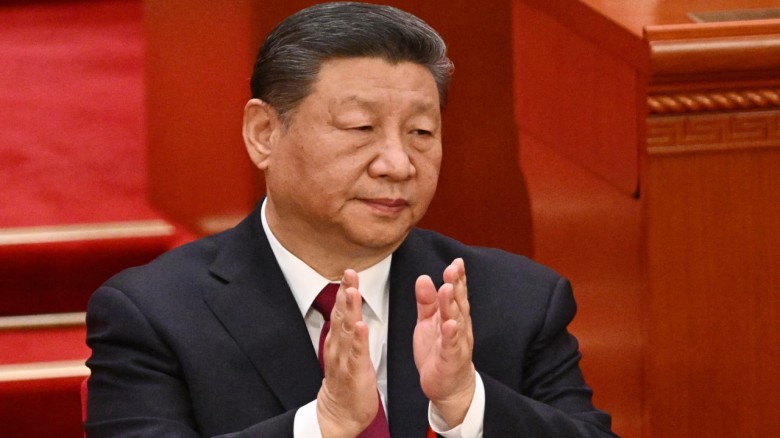
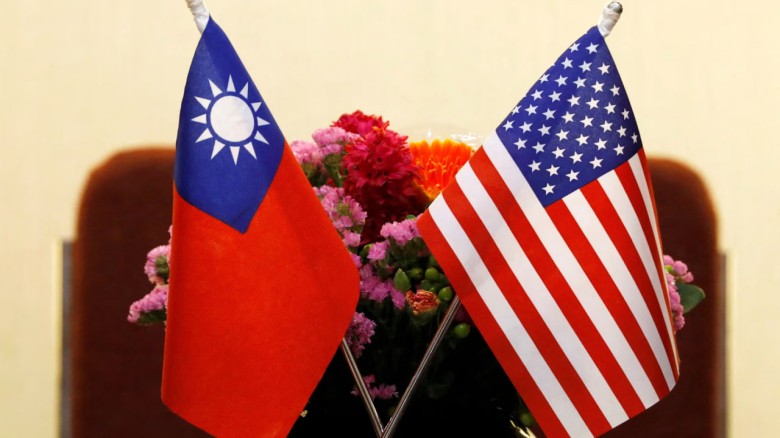






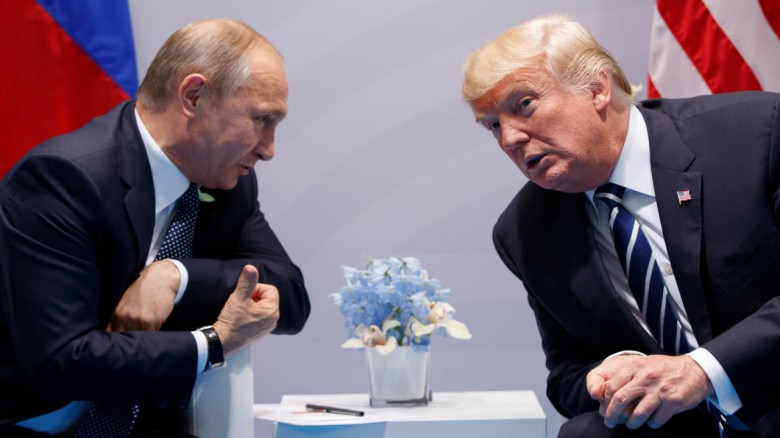



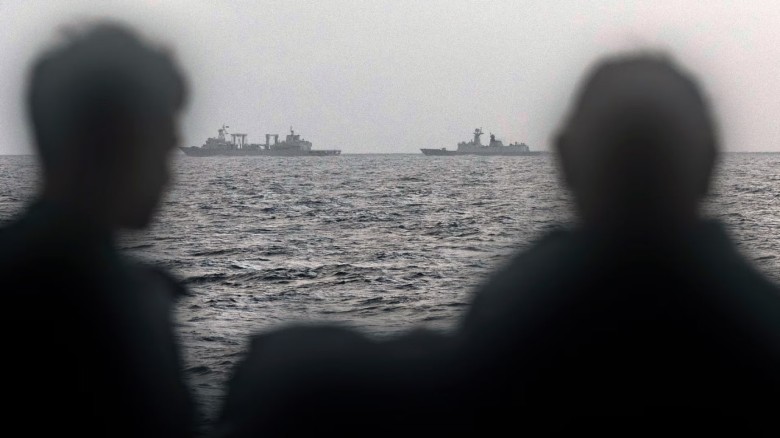
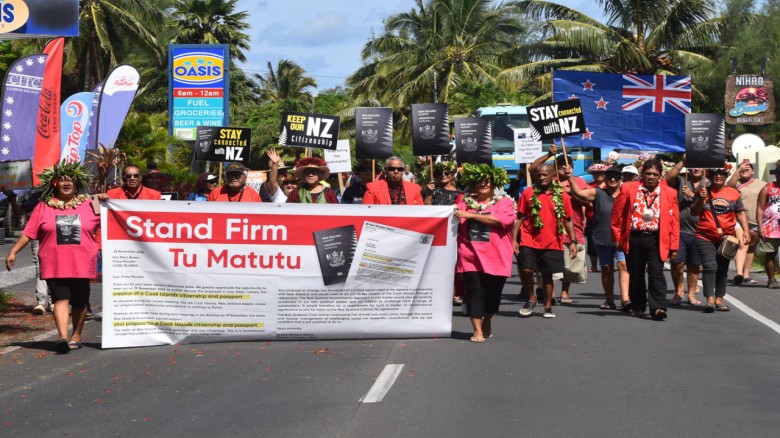





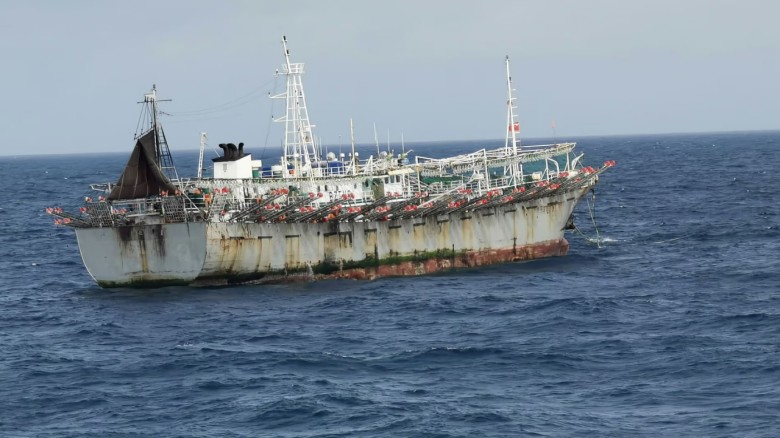
















Leave A Comment